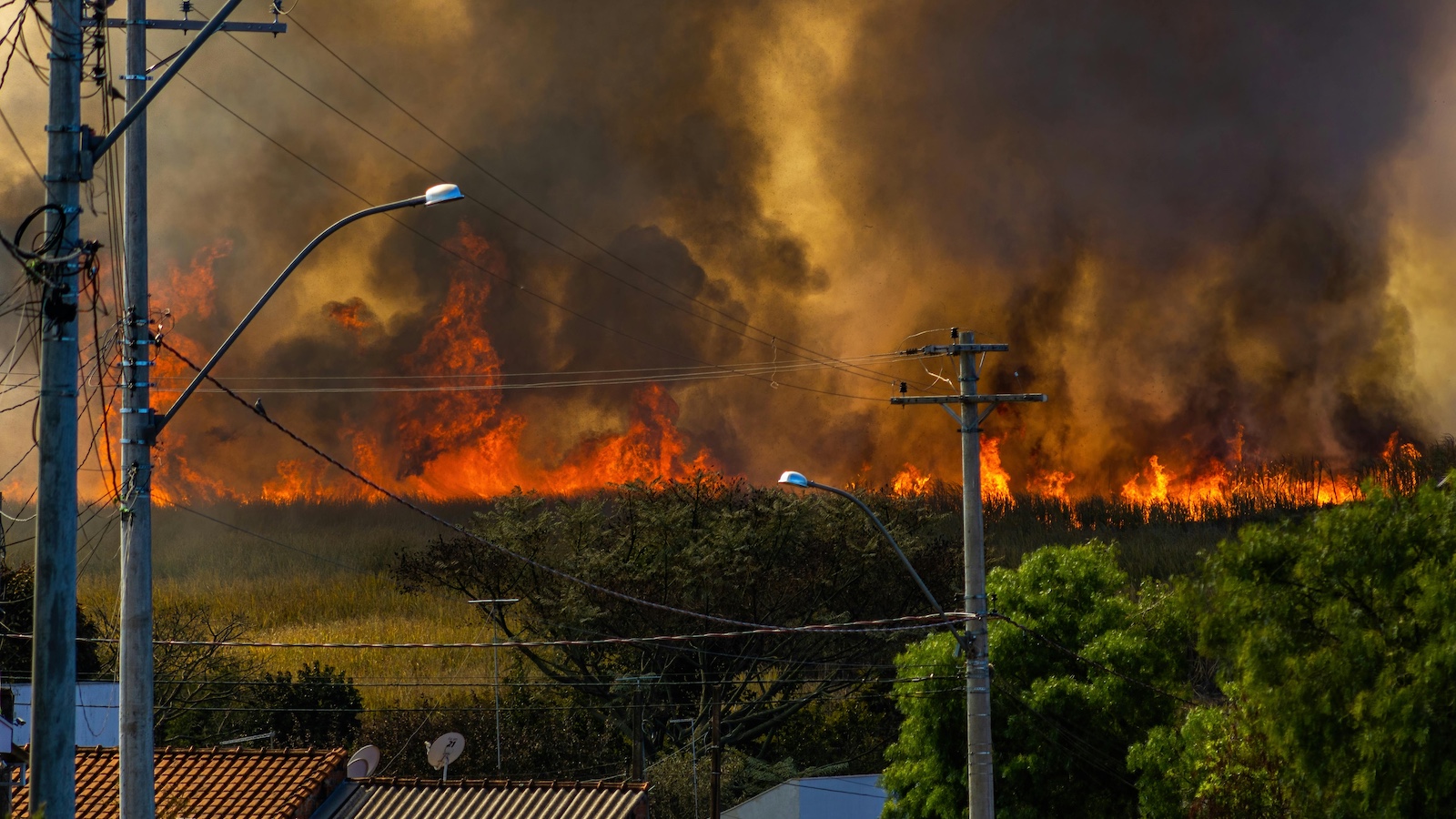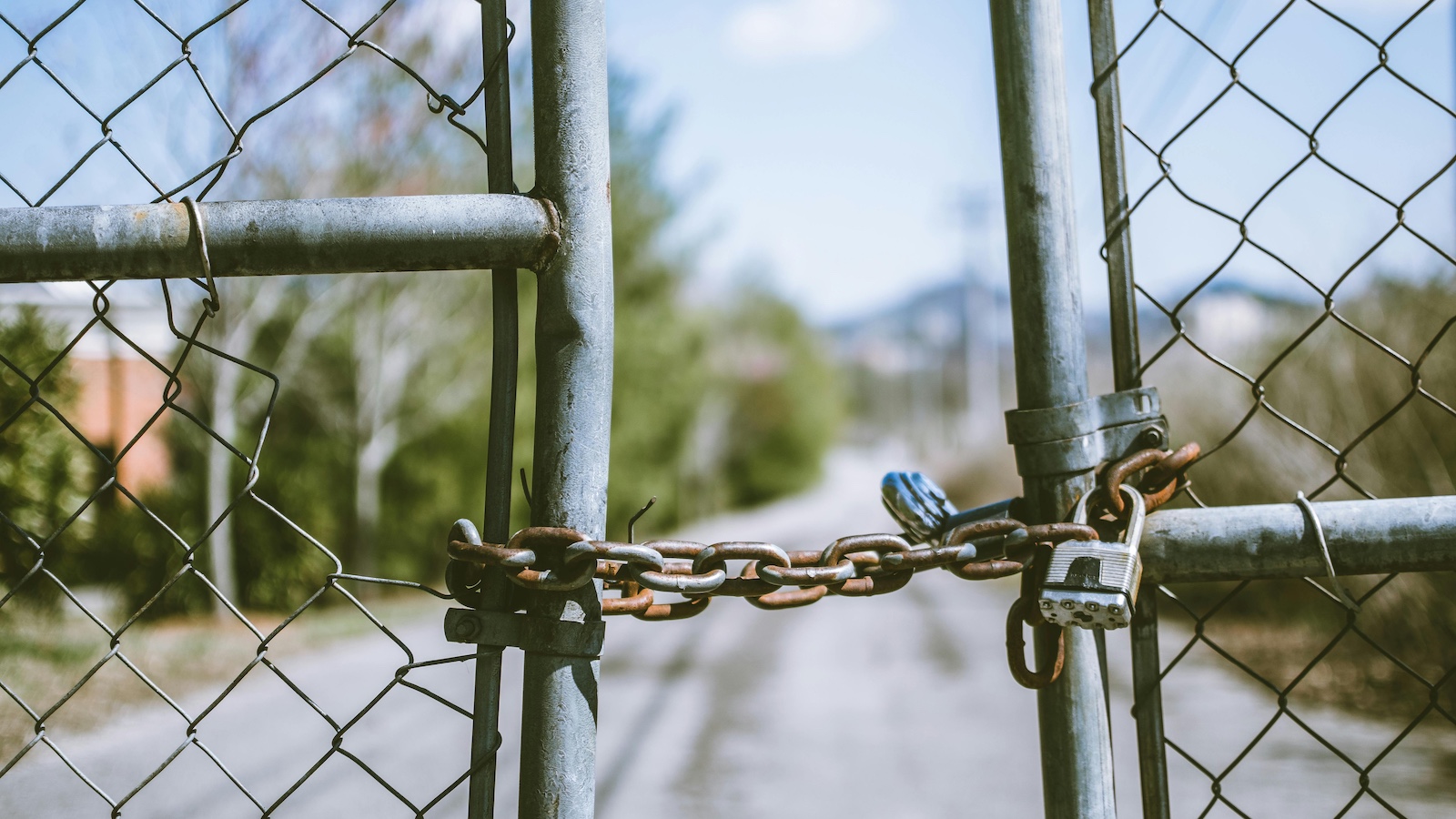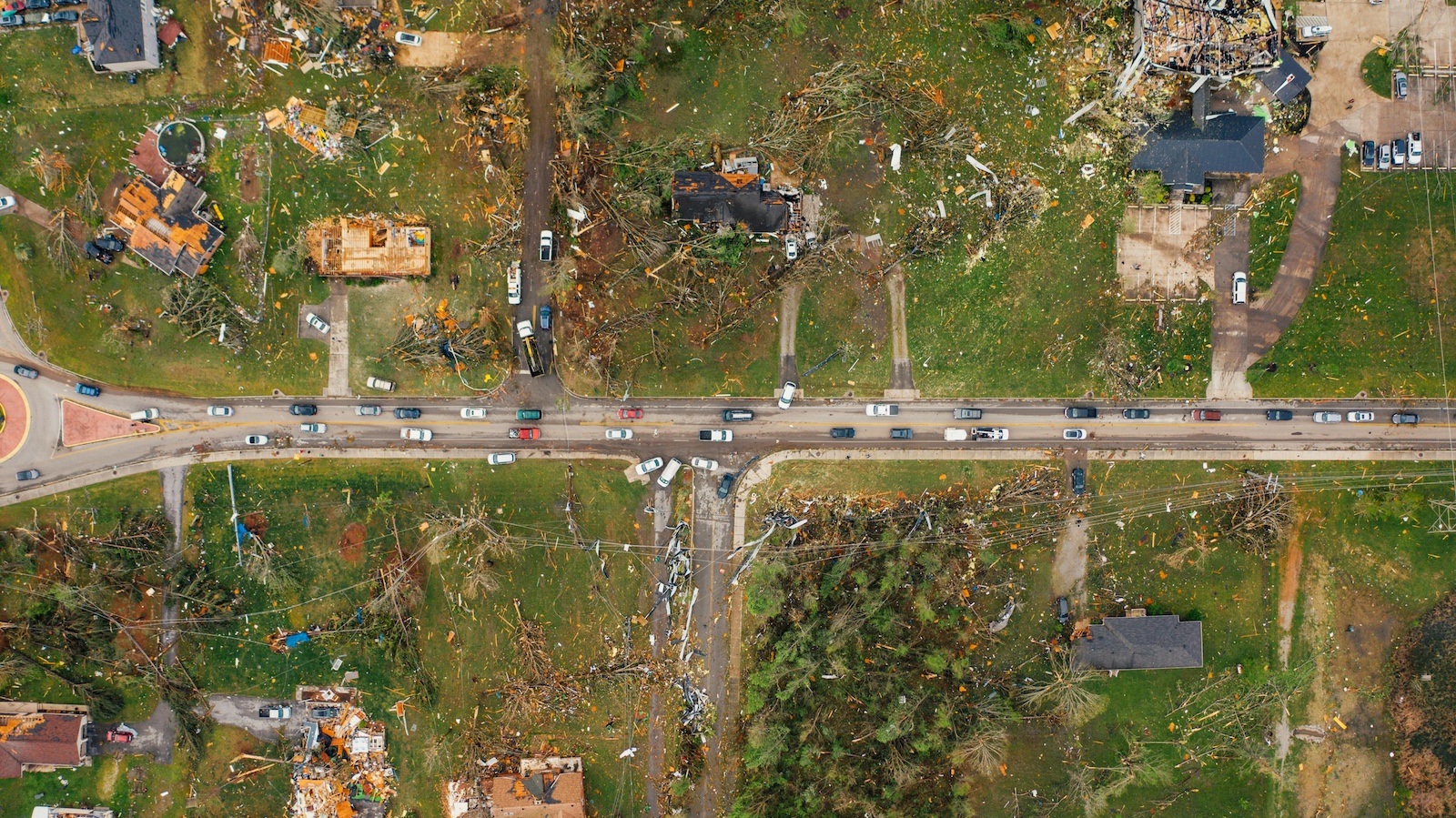Earthquakes are among the most devastating and economically destructive natural disasters, with the 1994 Northridge earthquake still ranking as the fifth-costliest disaster in U.S. history. Yet unlike other common perils such as floods, fires and windstorms, the overwhelming majority of earthquake risk in the U.S. is completely uninsured. Even in California, the most earthquake-exposed state in the union, only about 13% of residences maintain coverage for earthquake damage, according to the most recent survey completed by the state insurance department.
The primary cause of this low percentage is that, unlike those other risks, earthquake coverage is not required to secure the collateral of mortgages owned or guaranteed by the government-sponsored enterprises (GSEs) known as Fannie Mae (the Federal National Mortgage Association), which accounts for 21% of the $14.99 trillion U.S. mortgage debt outstanding. and Freddie Mac (the Federal Home Loan Mortgage Corporation), which accounts for 12%.
This exposure should be of concern to policymakers. Ten years ago this month, Fannie Mae and Freddie Mac both were taken into conservatorship by their regulator, the Federal Housing Finance Agency (FHFA), and were granted a $187 billion capital injection from the U.S. Treasury Department. While each of the GSEs has subsequently repaid its debt to the government, including a 10% return on investment, the Treasury continues to provide financial support through senior preferred stock purchase agreements. Currently, the Treasury owns $200 billion of the GSEs’ senior preferred stock.
See also: Spreading Damage From Wildfires
Should a major earthquake strike in the U.S.—as is inevitable—Fannie Mae and Freddie Mac both would see the destruction of potentially billions of dollars in structures that serve as collateral for their mortgage portfolios and mortgage guarantees. In addition to requiring direct Treasury outlays to the GSEs, the low takeup rate of earthquake insurance also means that taxpayers almost certainly would be asked to shoulder a disproportionate amount of disaster recovery costs through state and federal disaster aid.
The FHFA acknowledges that it does not currently track the GSEs’ exposure to uninsured earthquake risk. This paper seeks to quantify the size of that uninsured liability and to propose a means to transfer these implicit taxpayer guarantees to the private sector. Our data analysis comprises three components:
- Using seismic maps published by the U.S. Geological Survey, we identify 249 counties across 21 states that are substantially exposed to the largest earthquake risks.
- Using property-level databases published by the FHFA, we find that, as of 2016, the GSEs held $355.71 billion of unpaid principal for mortgages in those 249 counties, including $210.1 billion held by Fannie Mae and $145.61 billion held by Freddie Mac.
- Making certain base assumptions about the proportion of principal that is attributable to structural value and regional surveys of earthquake insurance takeup, we estimate the total value of uninsured earthquake-exposed collateral held by the GSEs, as of 2016, is $204.68 billion.






